Normal Reading worksheets activities for Ages 4-7
11 filtered results
-
From - To
Unlock the joy of reading for children ages 4-7 with our engaging Normal Reading Worksheets! Tailored for early learners, these exciting activities help improve reading skills, comprehension, and vocabulary in a fun and interactive way. Each worksheet focuses on age-appropriate content, ensuring kids remain captivated while they learn. Featuring colorful illustrations and relatable scenarios, our reading exercises invite young readers to explore language through stories and challenges. Ideal for both parents and educators, these printable worksheets make learning enjoyable and accessible. Give your little ones the tools they need to become confident readers and inspire a lifelong love of reading today!


Finding the Details and Connections: Assessment 2 Worksheet
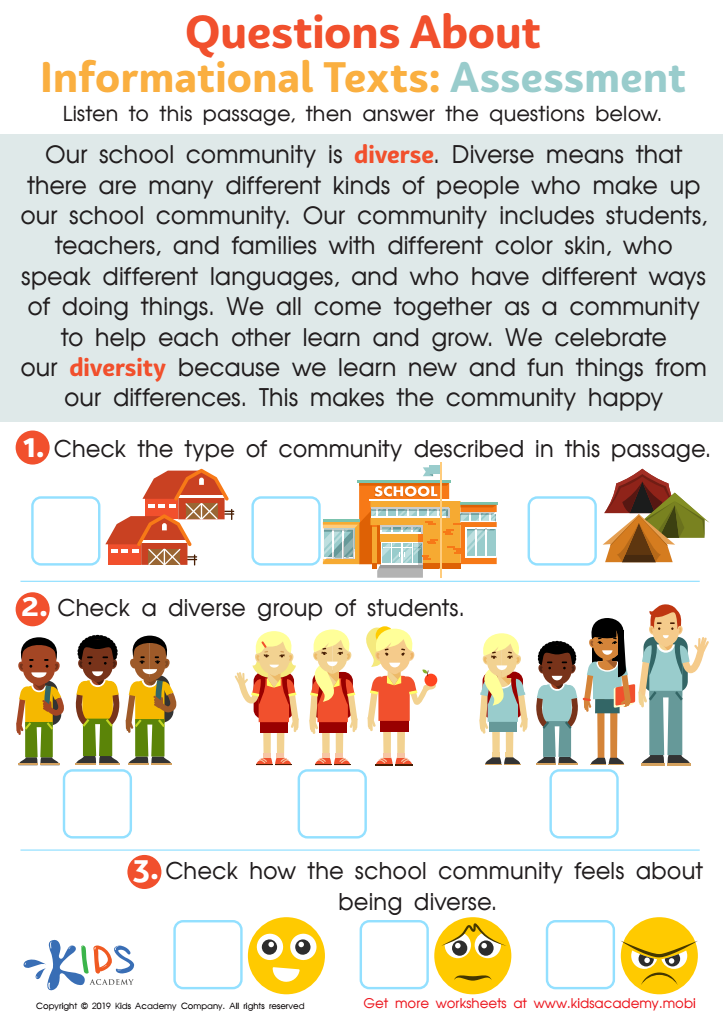

Questions About Informational Texts: Assessment 1 Worksheet
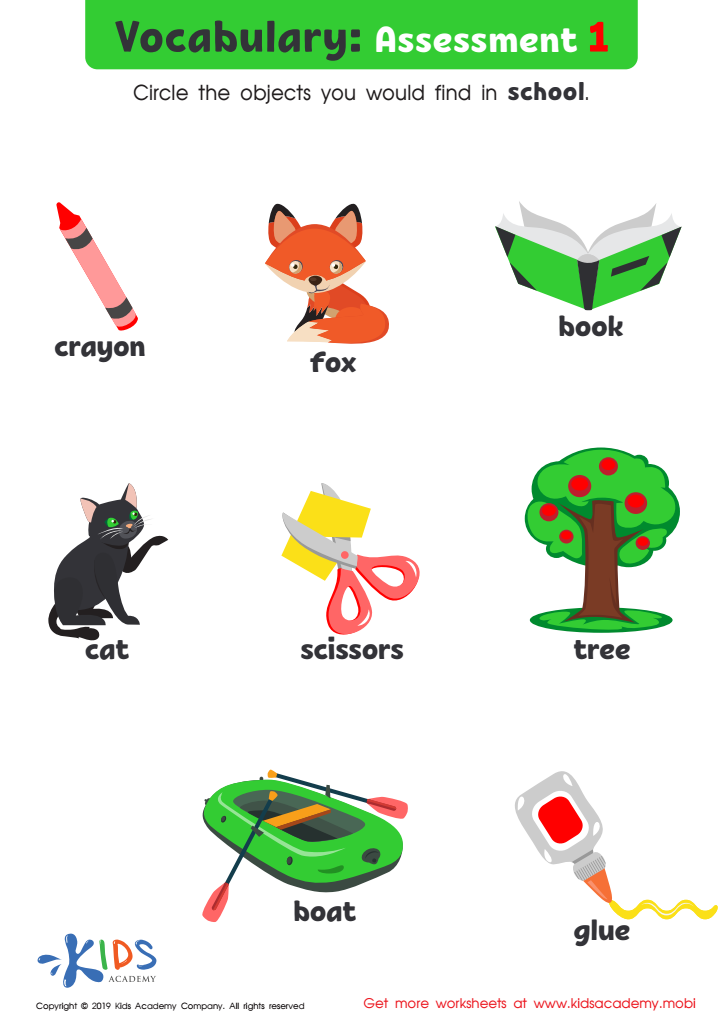

Vocabulary: Assessment 1 Worksheet
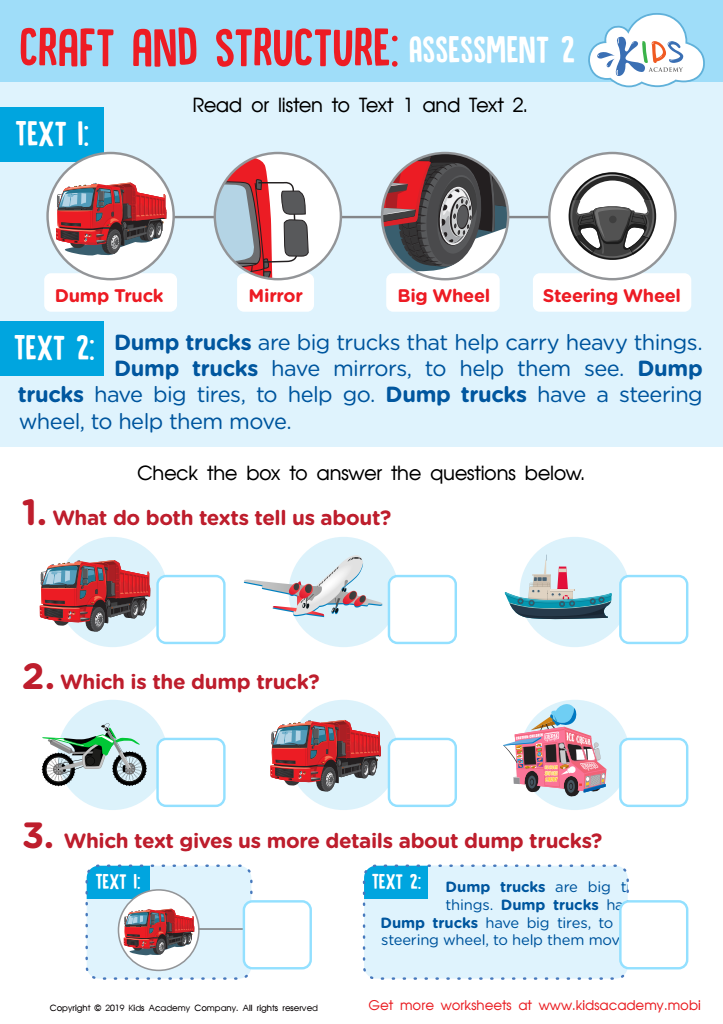

Craft and Structure: Assessment 2 Worksheet
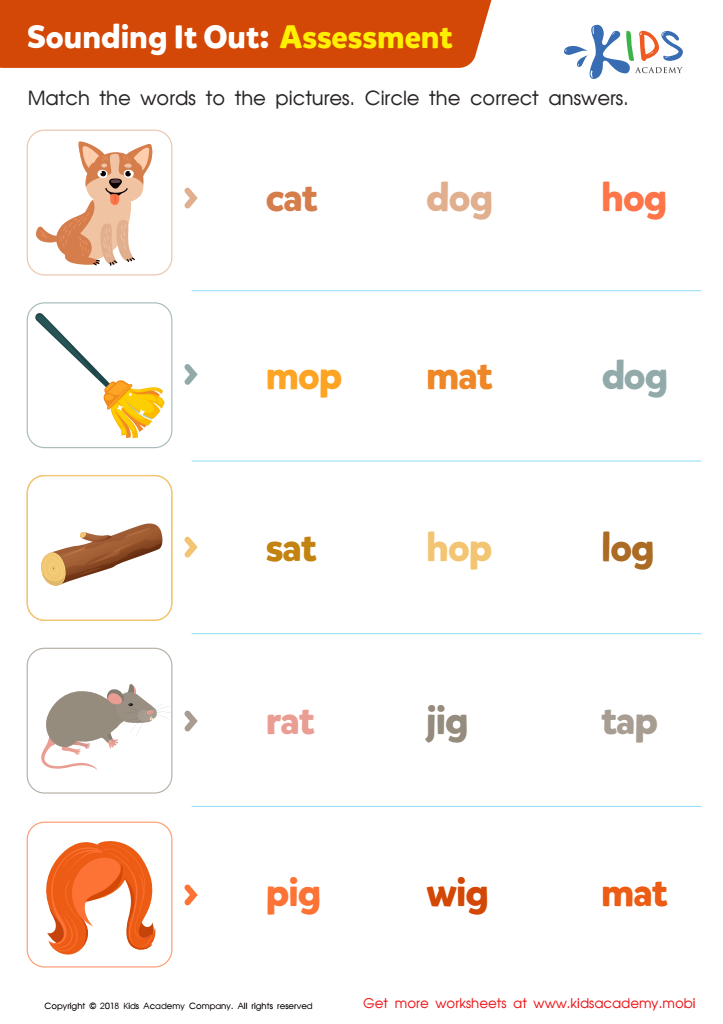

Sounding it Out: Assessment Worksheet
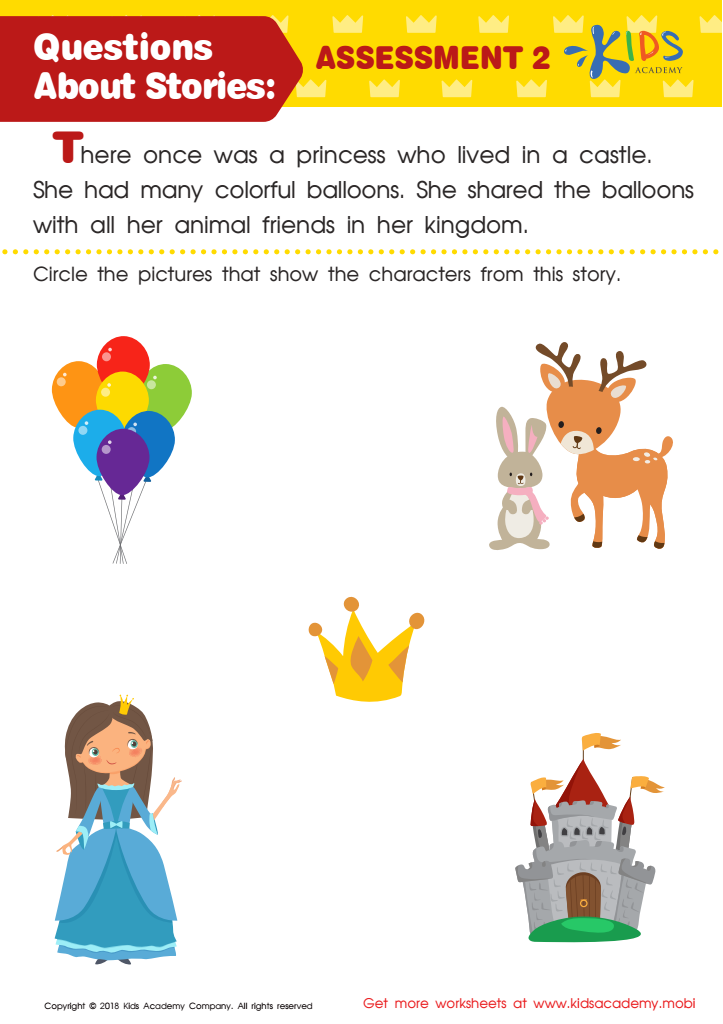

Questions About Stories: Assessment 2 Worksheet
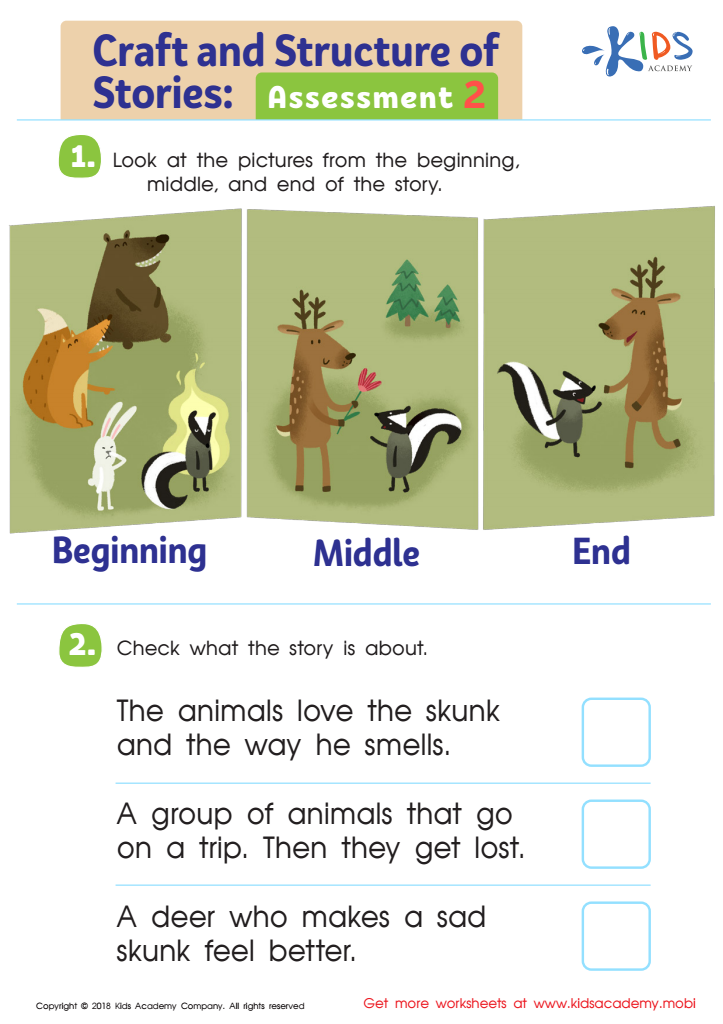

Craft and Structure of Stories: Assessment 2 Worksheet
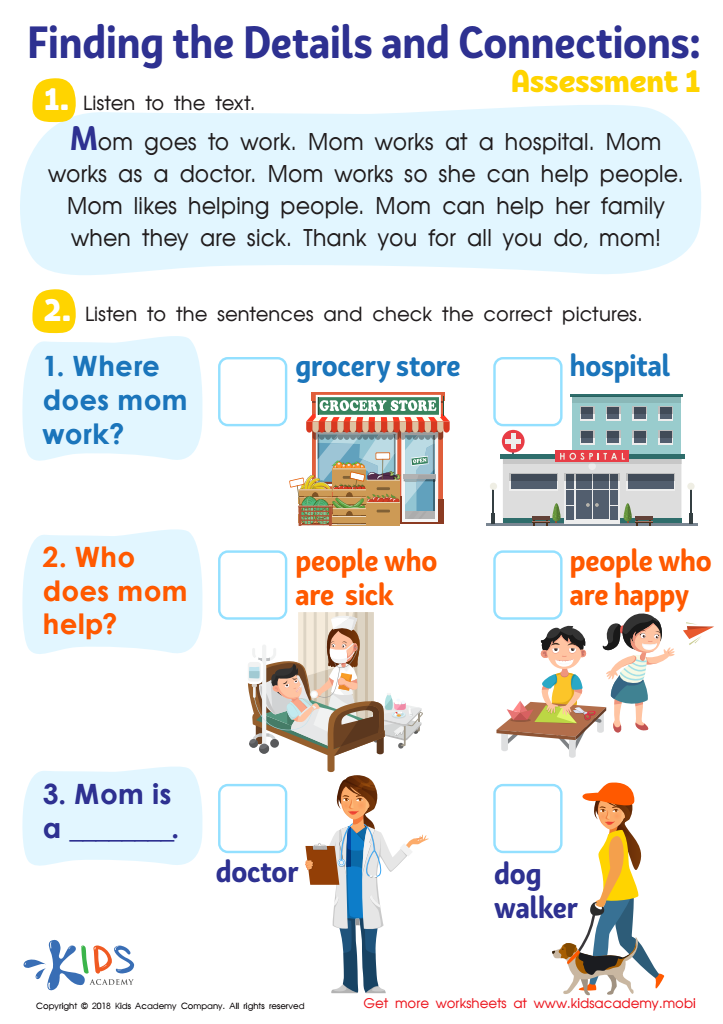

Finding the Details and Connections: Assessment 1 Worksheet


Craft and Structure of Informational Texts: Assessment 1 Worksheet
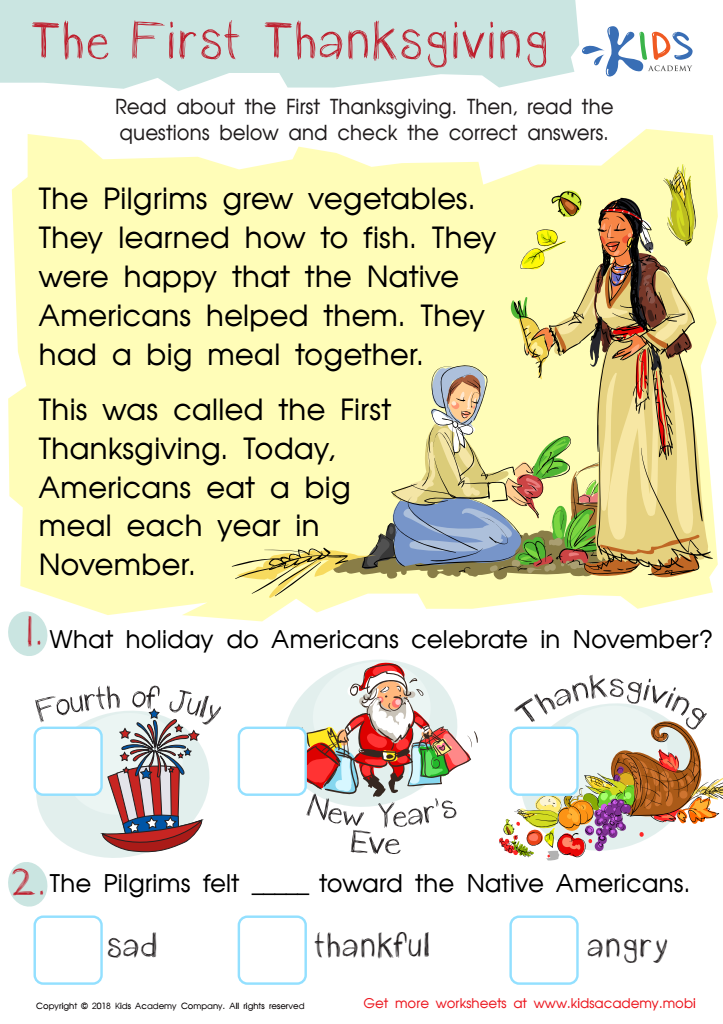

Assessment: First Thanksgiving Worksheet
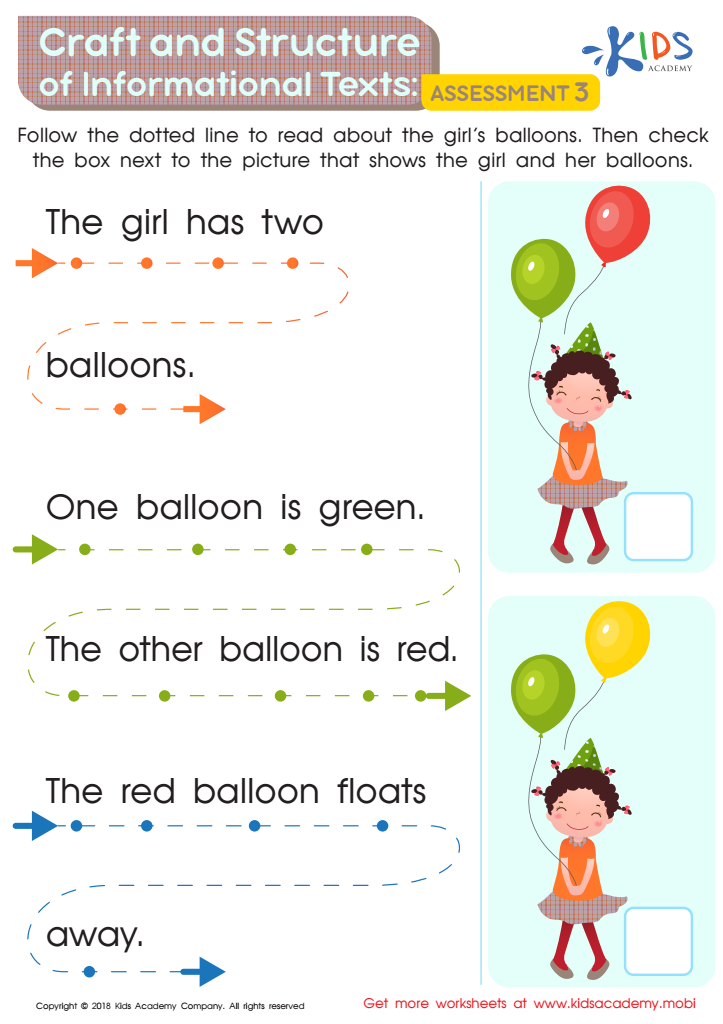

Craft and Structure of Informational Texts: Assessment 3 Worksheet
Normal reading activities for children ages 4-7 are crucial for fostering early literacy skills and nurturing a lifelong love for reading. During this developmental stage, children are highly receptive to language, making it an ideal time to introduce them to a variety of texts. Engaging in regular reading activities helps build vocabulary, improve pronunciation, and enhance comprehension skills, laying a strong foundation for future academic success.
Additionally, reading encourages cognitive development. As children encounter different stories, they learn to think critically, make connections, and develop empathy by understanding diverse perspectives. Normal reading activities also promote social skills, especially when shared with parents or peers, as discussions around books inspire dialogue and collaboration.
Moreover, reading can foster routine and provide comfort, making it a valuable bonding activity for families. It offers a calm environment away from screens and promotes a love for stories, adventure, and imagination.
For teachers, normal reading activities align with educational standards focused on reading fluency and comprehension, making these practices essential for classroom success. Therefore, parents and educators should prioritize normal reading activities to cultivate strong readers and contribute positively to children's overall development and well-being.
 Assign to My Students
Assign to My Students














